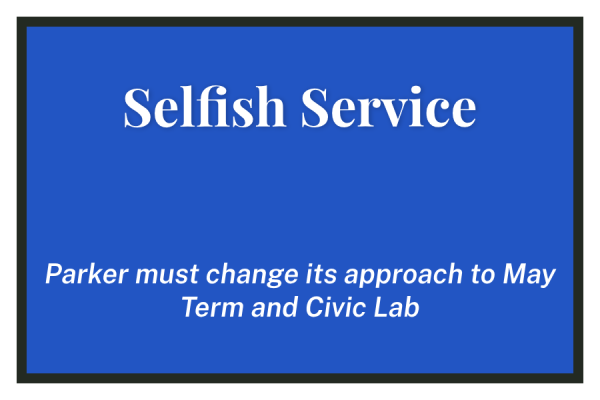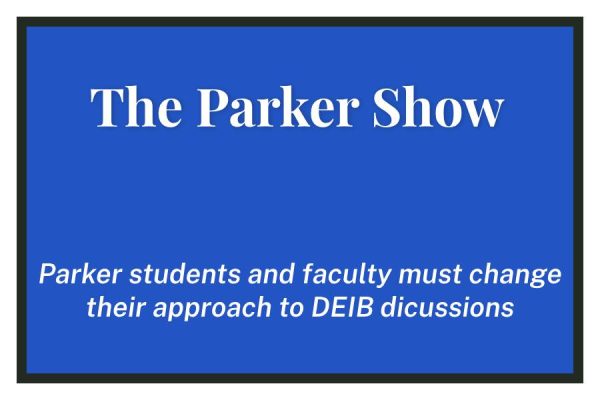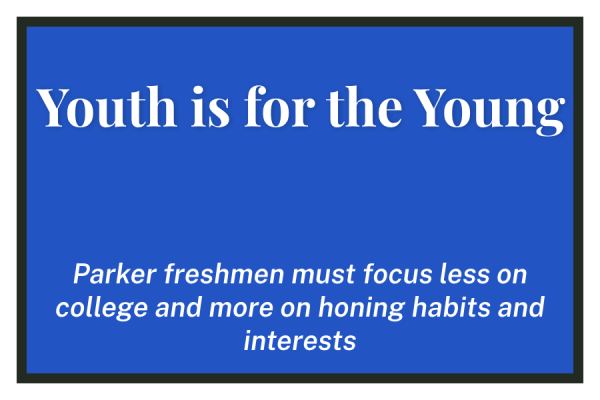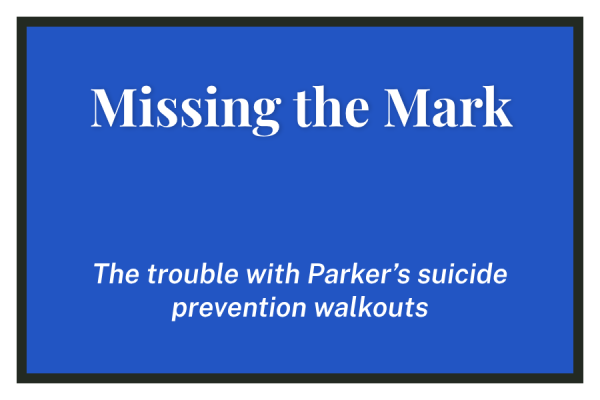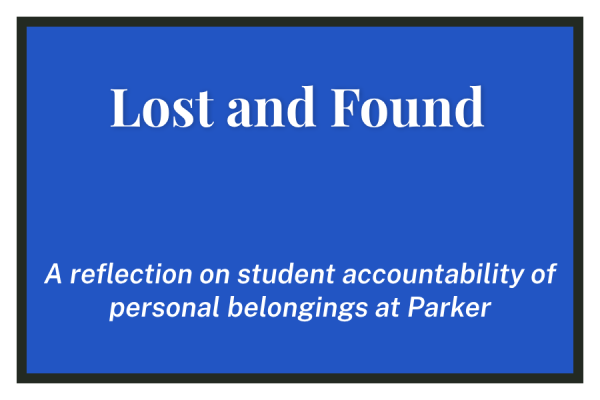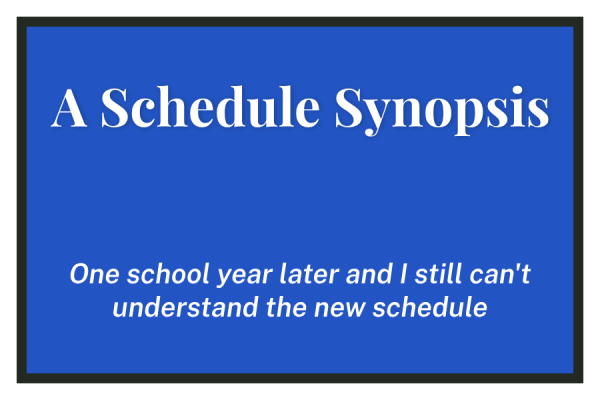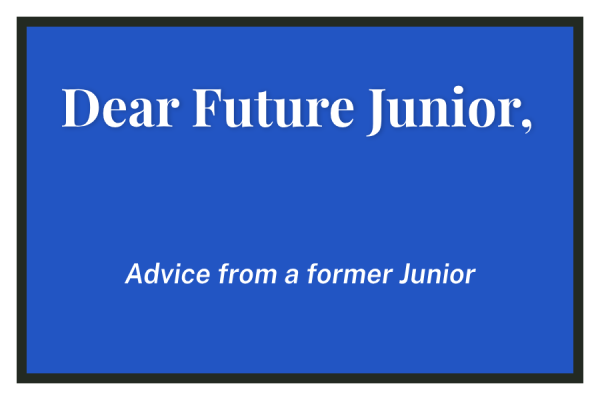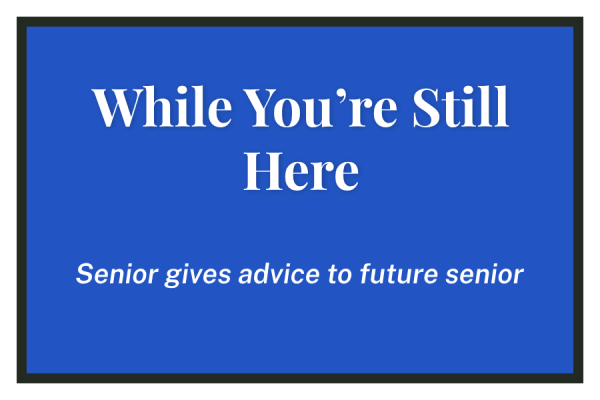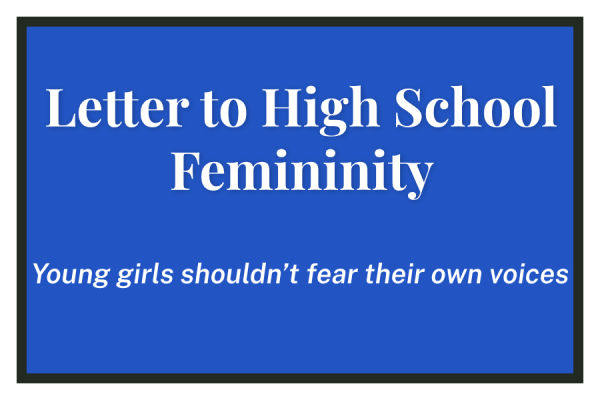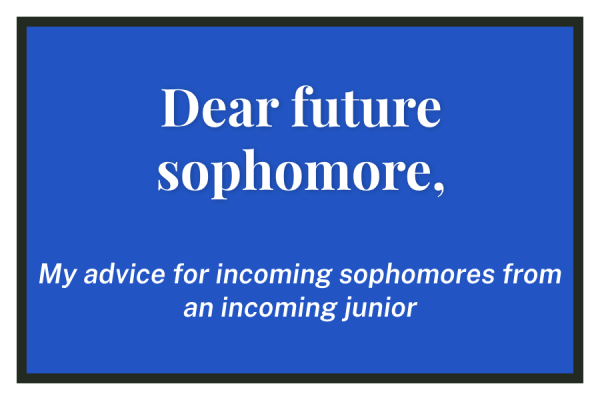Editorial, Issue 9 – Volume CX – Year In Review
Most years, we divide trips around the sun with New Year’s Eve, the first day of school, birthdays. In 2021, we measure our year with tragedies, split it into ‘befores’ and ‘afters’. More than a year has passed since we started remote learning, the first COVID-19 spike in Chicago, Breonna Taylor’s murder, and an increased visibility in Asian hate crimes due to “China Virus” rhetoric. Your snapchat “a year ago today” is no longer a shot of Mr. Mahany’s classroom or a #cafcraves memory, but a video of you trying whipped coffee or recommending Tiger King.
Now we have four vaccines available for use and a full in-person return, but our naiveté about what this year could turn out to be is gone. And how could it not be — we’ve watched our government and our city and our communities fail us and grapple with racism, the coronavirus misinformation, and over 500,000 deaths. Systemic and social problems can’t be fixed in a year, but have we gotten far enough?
COVID-deniers and anti-maskers spread around the world as quickly as the coronavirus. Some acknowledged the virus but excused it as “just like the flu” and others knew the risks of the coronavirus but disregarded social distancing guidelines. By the fall, some were complaining of “COVID fatigue” and began to abandon rigidity, even though the risk had not gone away. With a spring vaccine and school rollout, we must stay vigilant for the home stretch, continue to observe social distancing, and consider the greater impact of our actions so everyone can move forward.
Returning to in person is part of restoring normalcy, but just because school life may feel semi-normal does not mean that the problems that arose from the pandemic have magically disappeared. We still have a social contract to uphold both inside and out of the classroom, not just for our own physical health but the health of others.
It’s harder to stay steady in safety measures when our routines are constantly shifted, with frequent schedule changes since last March, when Mr. Bruno sent out the first version with four G1s per week. Everyone has different stages of comfort with returning to the building or adjusting to so much change, so our immediate reaction as a community should be to make all feel welcome by obeying the safety protocols in the building. Just because you feel comfortable taking off your mask in the presence of others does not mean that the person sitting next to you in math class feels the same.
The coronavirus has affected each of us in the Parker community differently, and while some students are able to return to school easily, others cannot. As we move forward with in-person events, classes, and extracurriculars, we must continue to provide options and opportunities for remote learning students as well.
We as a school must grapple with the blatant inequity that exists within our halls. This inequity was evident before the pandemic, and as we go back into the building post-spring we can’t ignore the fact that we are privileged enough to go back in-person, complete with spit tests and mostly full classes, while others struggle to vaccinate their teachers and have enough spacing within the classroom.
This June will mark a year since @fwpanonymous began posting, and then in August a year without formal administrative response to their demands. Action against injustice and racism has exploded across social media feeds, but unless reposted infographics about anti-racism are coupled with personal education on how to be a better ally, the point of the post has disappeared. Activism comes in many forms – not just infographics or protests – and it must extend beyond Canva pastels or an unread copy of “White Fragility.” Trying to be an activist and bring change can be more draining for BIPOC and other oppressed groups who don’t want to be reminded that people who look just like them are being murdered every day.
In the past year, social media has become an echochamber for the same posts that without action,are almost meaningless, starting with black squares drowning out substantive information online about the murder of George Floyd, Breonna Taylor, and protests. Now is not the time to be only a nonracist, not when hate crimes against Asian American Pacific Islanders (AAPI) are drastically rising, not when the perpetrators and police claim it was “just a bad day.” Educate yourself and call out hate crimes and systemic racism when it exists, not just when it’s trendy to do so.
We need to start fighting against more than one issue at once or activism will continue to come in ebbs and flows. AAPI hate crimes must be stopped but our activism surrounding police brutality, the environment, immigrants, the LGBTQ+ community, women’s rights, and more must also continue, with full embrace of the intersections. No advocacy can exist in a vacuum, and solidarity between the oppressed is crucial to mobilize change in our communities and in our nation.
Each generation seems to live through a particularly significant event, whether it be the Great Depression or a Great War. We have a choice to view these world changing events as not something passively happening to us, but rather an opportunity to impact the world we’re inheriting. The bookends and themes of our year — March 13 to March 13, full shut-down to full return, protests in Minnesota to protests in Atlanta — all have one thing in common: they highlight the pre-existing disparity and inequity that has always defined American life.
When we’re nostalgic about learning Chemistry in bed or making a three-course meal during Math, we don’t want to say that we simply lived through racism and a global pandemic. We’ll want to say that we fought for what was just, we wore a mask, and did what we could for our community.
We’ll want to say we gave ourselves the space to survive, to breathe, and to process. To say that when year two of the pandemic came around, we didn’t pretend it was normal or that anything would be normal ever again. The milestones both small — the switch from Google Meet to Zoom, your first saliva sample — and big have blurred together into a year of discomfort and flux. There’s no neat lesson or moral or even end to the past 365 days, but as we reflect on all the bad and good we’ve absorbed and internalized, we should be ready to build a better, ‘new’ normal together.


